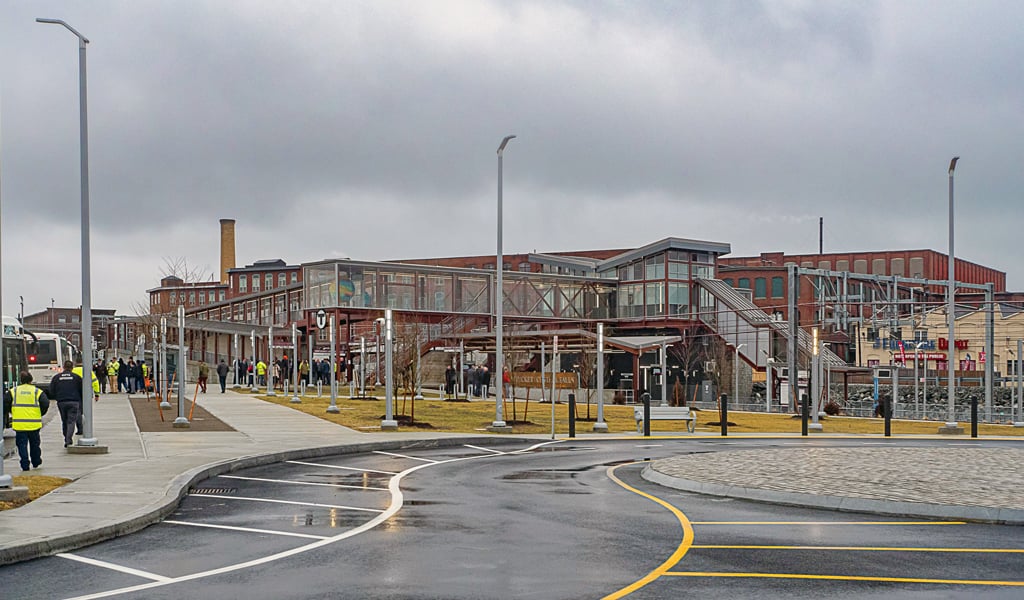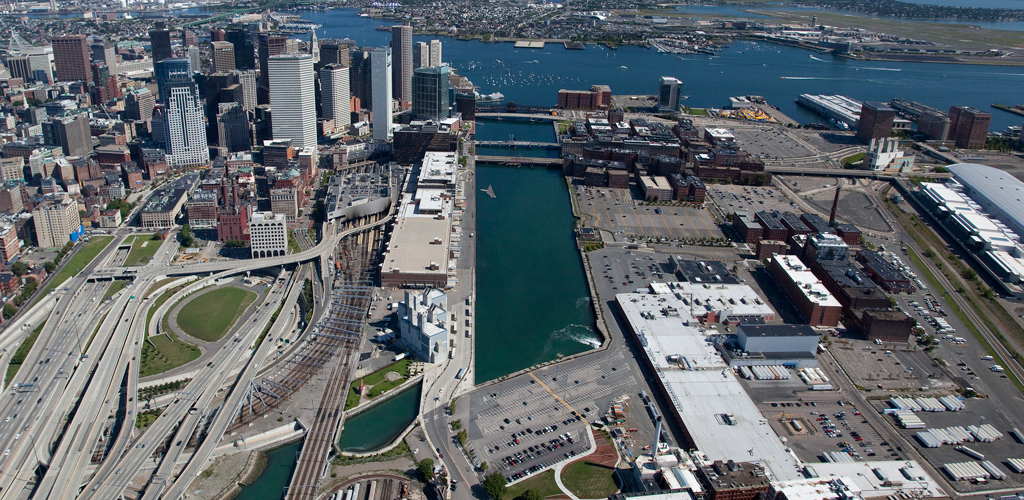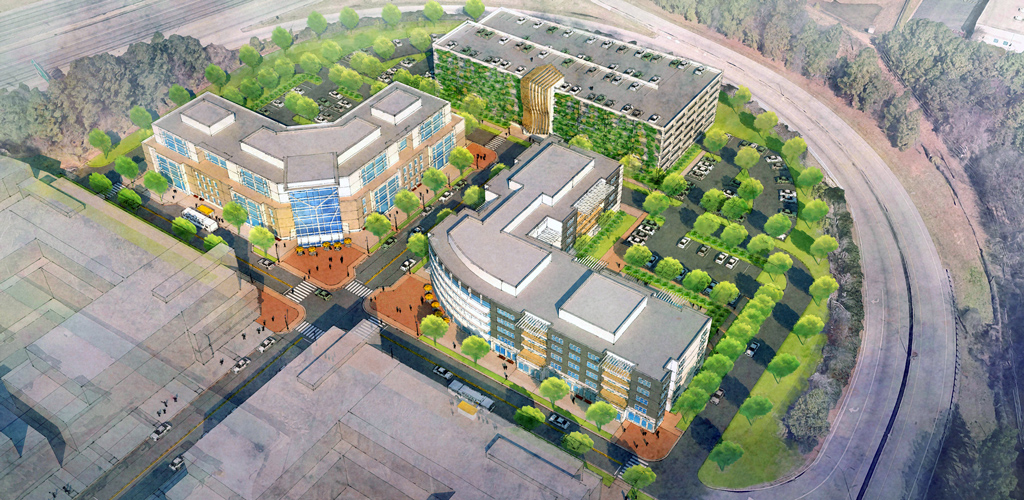Forward-thinking insights focused on a more sustainable tomorrow.
Infrastructure Investment and Jobs Act—Grant Funding Process
The Infrastructure Investment and Jobs Act (IIJA) opened the doors to future investments for our communities. This important legislation will provide our nation with capital to repair and replace critical infrastructure that supports our economic engine. With a longer-term view, the IIJA has a more aggressive spend and multi-year approach to deliver overdue investments to support the modernization of roads, bridges, railways, water, sewage, broadband, and the electric grid.
The IIJA provides a total of $1.2T with an emphasis on infrastructure investments that focus on sustainability, resiliency, equity, and safety—helping to aggressively align job creation, environmental, and mobility efforts to stimulate more equitable growth and overall economic recovery. The bill will expand funding to social equity and environmental justice programs to make certain that communities are improving connectivity to economic and social opportunities and reducing the disparity in quality and frequency of service in underserved communities.
Pawtucket/Central Falls Transit Center, Pawtucket, RI

Federal Funding Sources
The new legislation broadens eligibility criteria for many existing federal programs and establishes new formula and discretionary (competitive) grant programs to target national priorities.
The federal government will continue to manage disbursements to states based on established formulas. The formulas include key criteria such as total lane miles per state, vehicle miles traveled on federal-aid highways, number of fatalities on federal-aid highways, a state’s contribution to the highway trust fund, and population data to name a few. Once the funds have been distributed, local administrators will allocate to county or city governments for infrastructure projects that have been identified and prioritized.
Federal agencies are also managing new and existing discretionary grant programs to address our nation's needs. In January 2022, the White House released the first edition of Building A Better America, a bipartisan infrastructure law guidebook, to help state, local, and Tribal governments understand the resources that are available and programs included in
the legislation.
South Station, Boston MA

Grant Funding Process
The grant funding process is highly competitive. Numerous state agencies and municipalities are facing similar challenges and vying for the same funding sources. Planning is critical to secure funds that will strengthen community assets. Key strategies include:
- Identify Funding Sources and Grant Requirements—Local governments and agencies need to understand funding sources, program requirements, and critical timelines for grant applications as well as the use of funds. While this process can be complicated, the upfront investment in understanding federal funding sources and the application process will set the stage for future success. Federal agencies will post a Notice of Funding Opportunity (NOFO) with application deadlines for competitive programs.
- Align Local Plans with Funding Priorities and Criteria—With funding now in place, cities, towns, and municipalities will need to work closely with local stakeholders to plan and prioritize projects that will have the greatest impact on local economies. There may be opportunities to reposition distressed neighborhoods and shore up the infrastructure that impacts underserved populations. At the core of any successful grant or funding application is a plan that is visionary and practical that clearly demonstrates need and the viability of the project within the community. Securing grants at the local level requires a plan that aligns with the broader goals of the region and state while addressing any other specific requirements and criteria of the applicable NOFO.
- Demonstrate Project Feasibility with Supporting Technical Documents and Studies—Federal agencies are frequently asking for supplemental data or studies that support a project’s feasibility and outline long-term benefits. To meet the grant-specific guidelines, municipalities and agencies are often required to prepare technically complex feasibility reports, environmental reviews, land use plans, financing plans, robust economic analyses, and present proof of public support. Having this requisite technical data can improve the likelihood of success. Establishing this information in advance of the NOFO has been shown to significantly enhance the success rate of grant award.
- Benefit-Cost Analysis Guidance for Applicants—Some federal programs may require a benefit-cost analysis for a proposed project. The Department of Transportation (DOT) uses the analysis for identifying, quantifying, and comparing expected benefits and costs of a potential investment. The information will also be used to make certain that the available program funds are devoted to projects that provide significant economic benefits to users. The Benefit-Cost Analysis Guidance for Discretionary Grant Programs contains information on procedures for conducting benefit-cost analysis.
- Project Readiness—Often times, grant programs have guidelines on project readiness that need to be considered. Grant programs will stipulate when funds must be obligated. It is important that applications detail critical project milestones, including planning and permitting milestones, as well as financial capacity to support project readiness.
FTA Grant Will Elevate TOD in Metro Atlanta

How VHB Can Help
The IIJA prioritizes investments in the future of our communities and focuses on sustainability, resiliency, and equity—key areas that VHB has always been focused on. We have deep relationships with transportation agencies, economic development agencies, municipalities, state, and federal agencies that allow us to advance the infrastructure required to support economic growth and development goals.
VHB has a strong understanding of the federal and state grant processes related to funding the planning, design, construction and operations of transportation services and infrastructure. We have worked with clients in both the public and private sectors to identify grant programs, prepare applications and we’ve secured competitive grants that have translated into substantial benefits for communities. VHB is here to help you understand and navigate potential funding opportunities for your next project.
Contact Steve McElligott, PE, Transportation Agencies Market Leader, to learn more about our future-focused infrastructure solutions to provide for a sustainable, resilient, equitable future.
Read more about the competitive grant programs that will benefit communities and learn more about VHB’s Grant experience.



